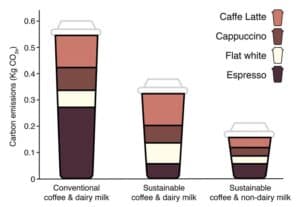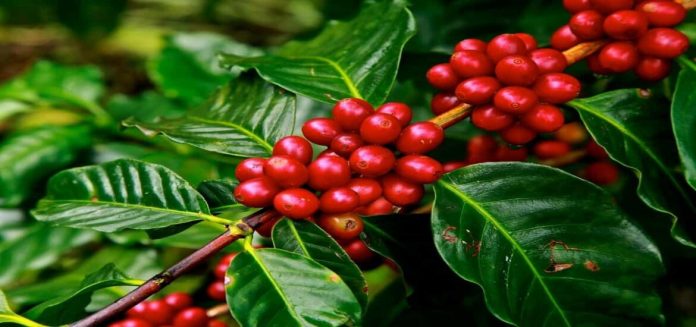For many of us, coffee is essential. It allows us to function in the morning and gives a much needed boost during the day. But in new research, we revealed the effect that our favourite caffeine hit has on the planet.
Weight for weight, coffee produced by the least sustainable means generates as much carbon dioxide as cheese and has a carbon footprint only half that of one of the worst offenders – beef. And that’s all before adding milk, which carries its own hefty environmental baggage.
Over 9.5 billion kg of coffee is produced around the world each year, with a total trade value of US$30.9 billion. Global coffee demand is expected to triple production by 2050, raising pressure on forests and other habitats in the tropical regions where it’s grown as farmers look for new land to till.

Fortunately, there are greener ways of growing coffee. In our study, we calculated and compared the carbon footprints of conventional and sustainable Arabica coffee – the beans baristas use to make a high-quality brew – from two of the world’s largest producers, Brazil and Vietnam. We found that changing how coffee is grown, transported and consumed can slash the crop’s carbon emissions by up to 77%. Read more…



